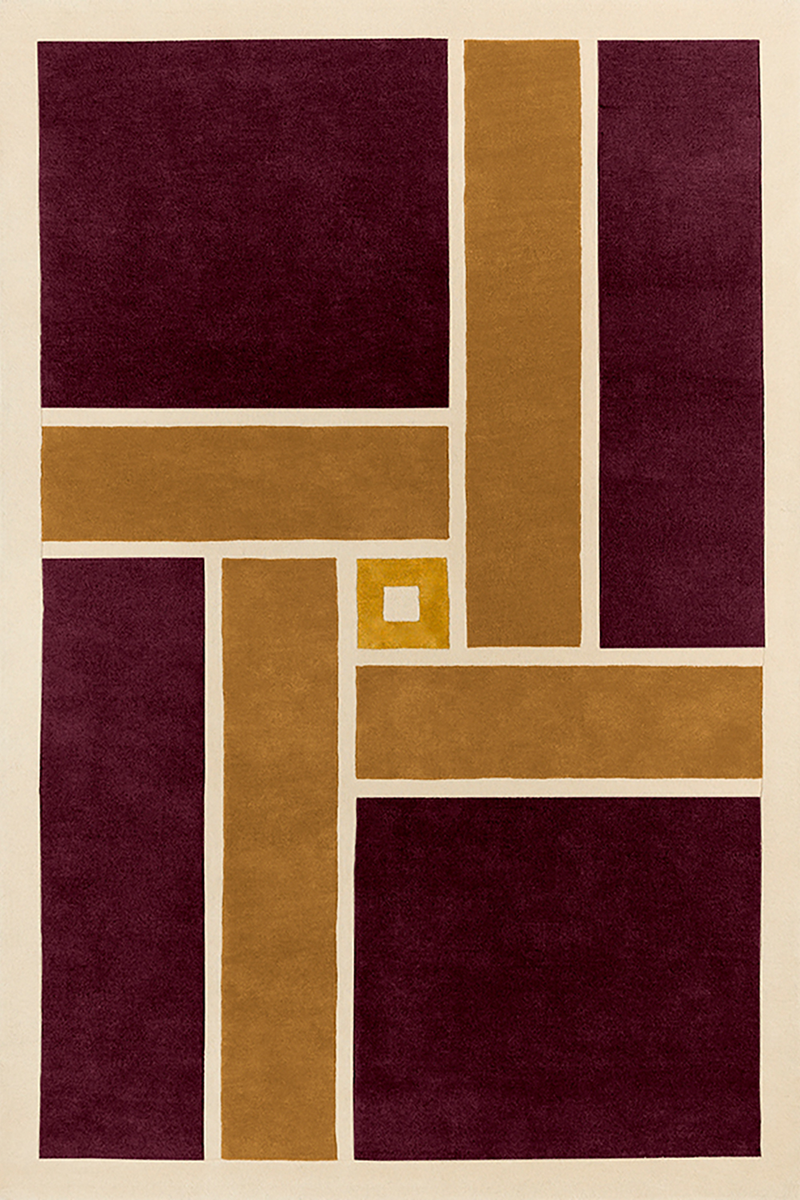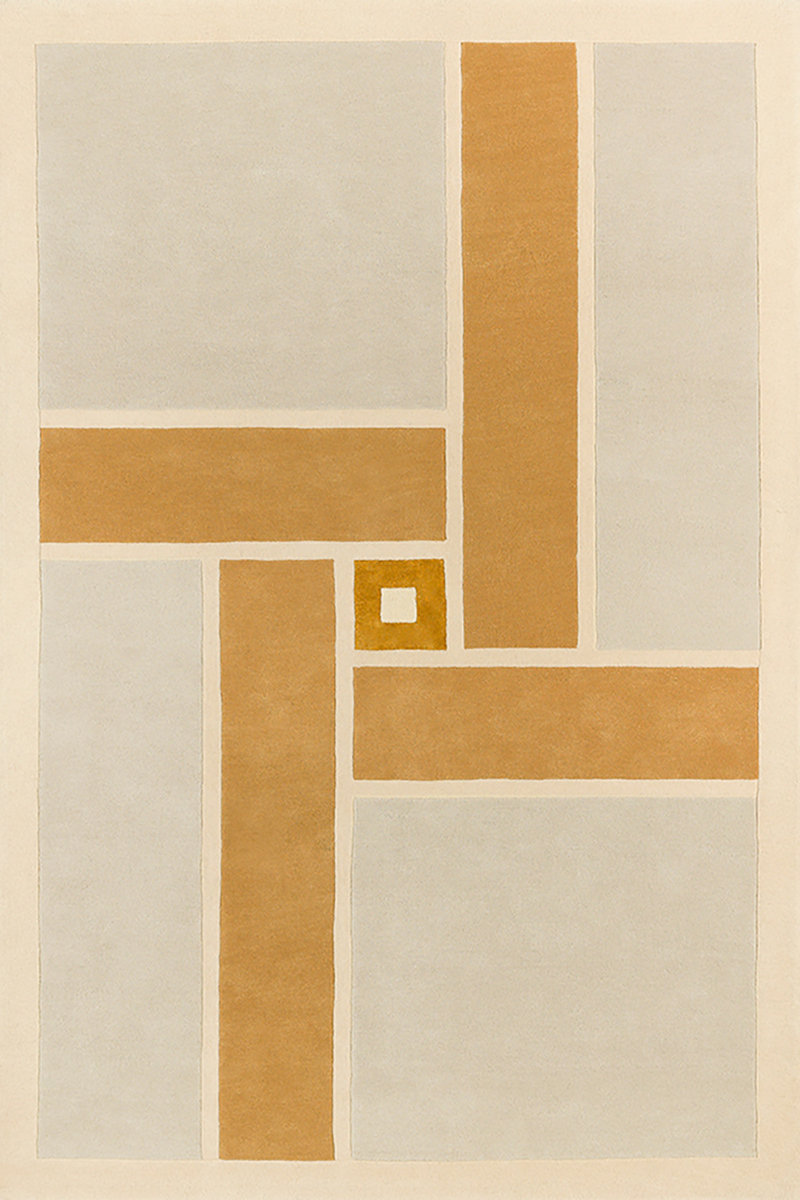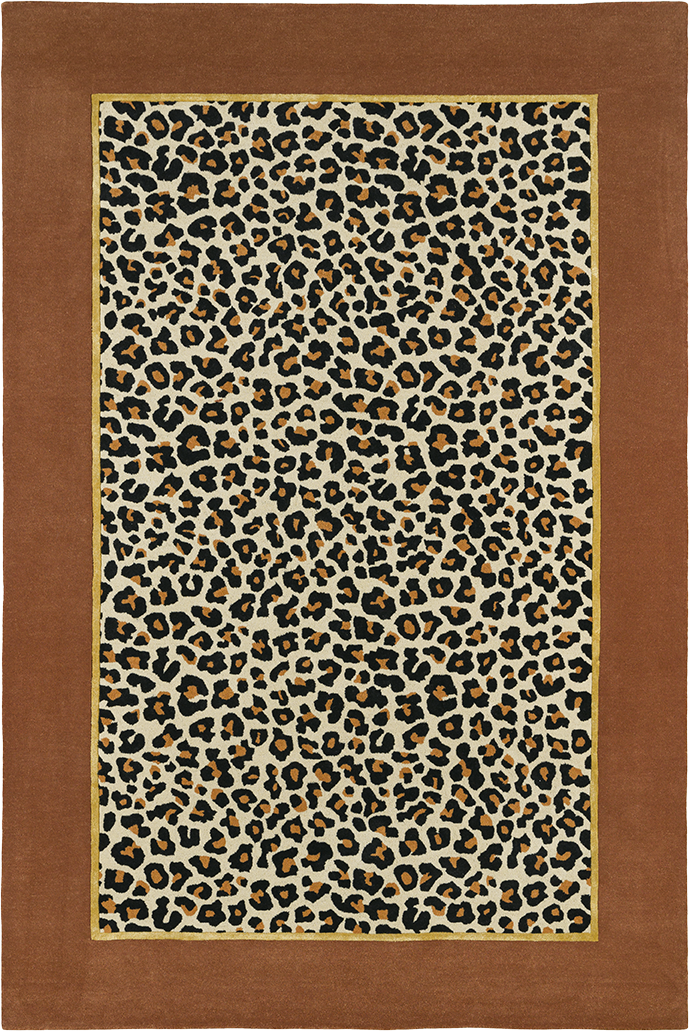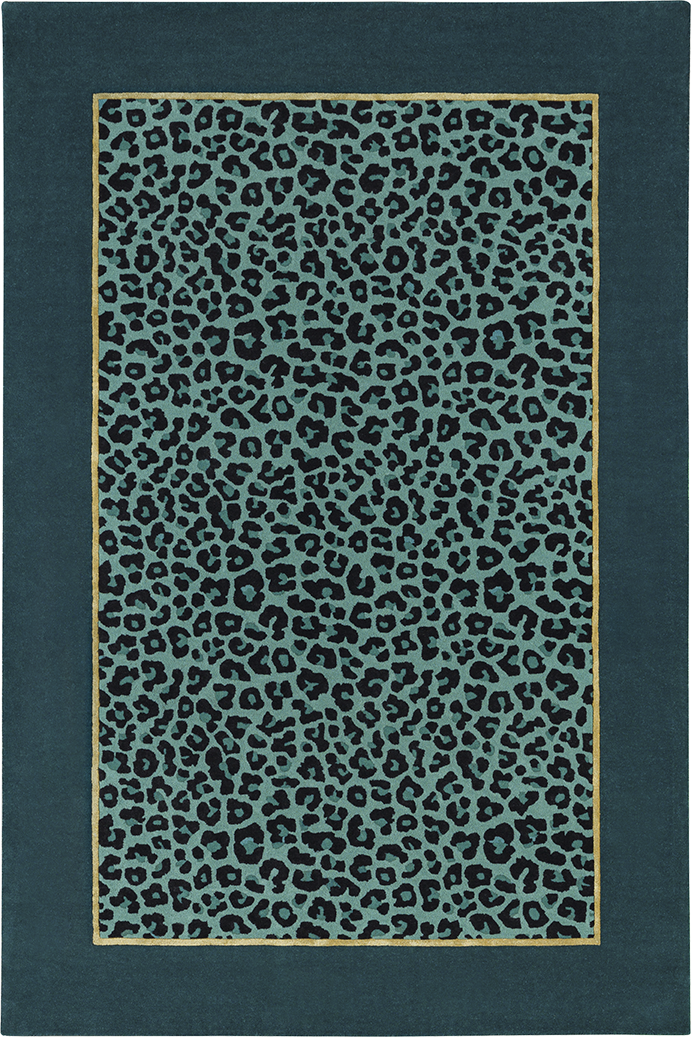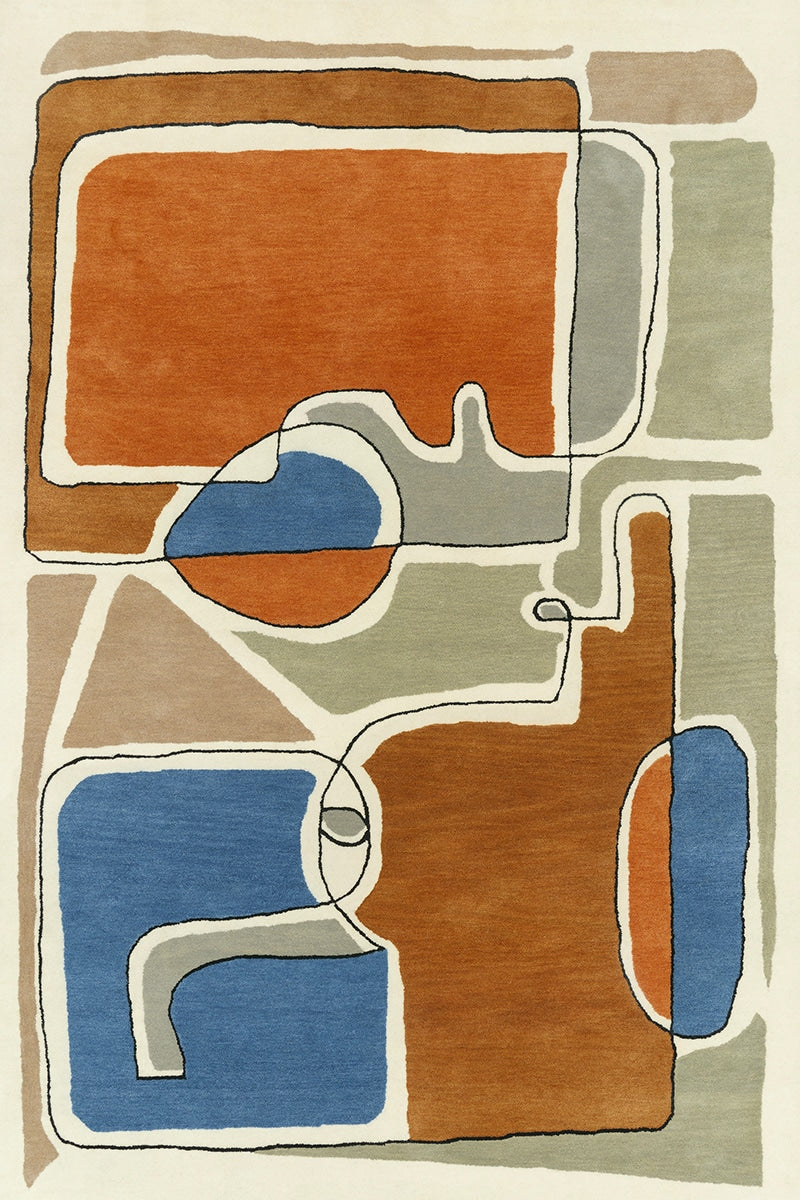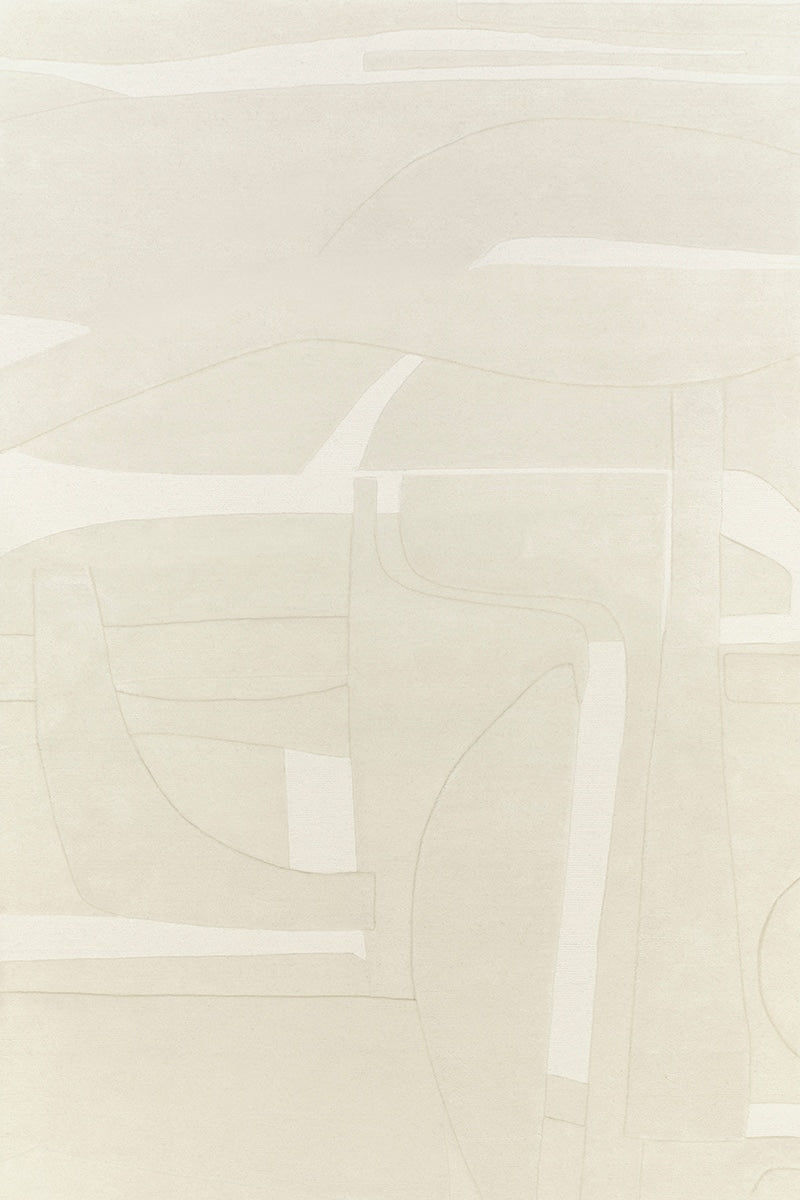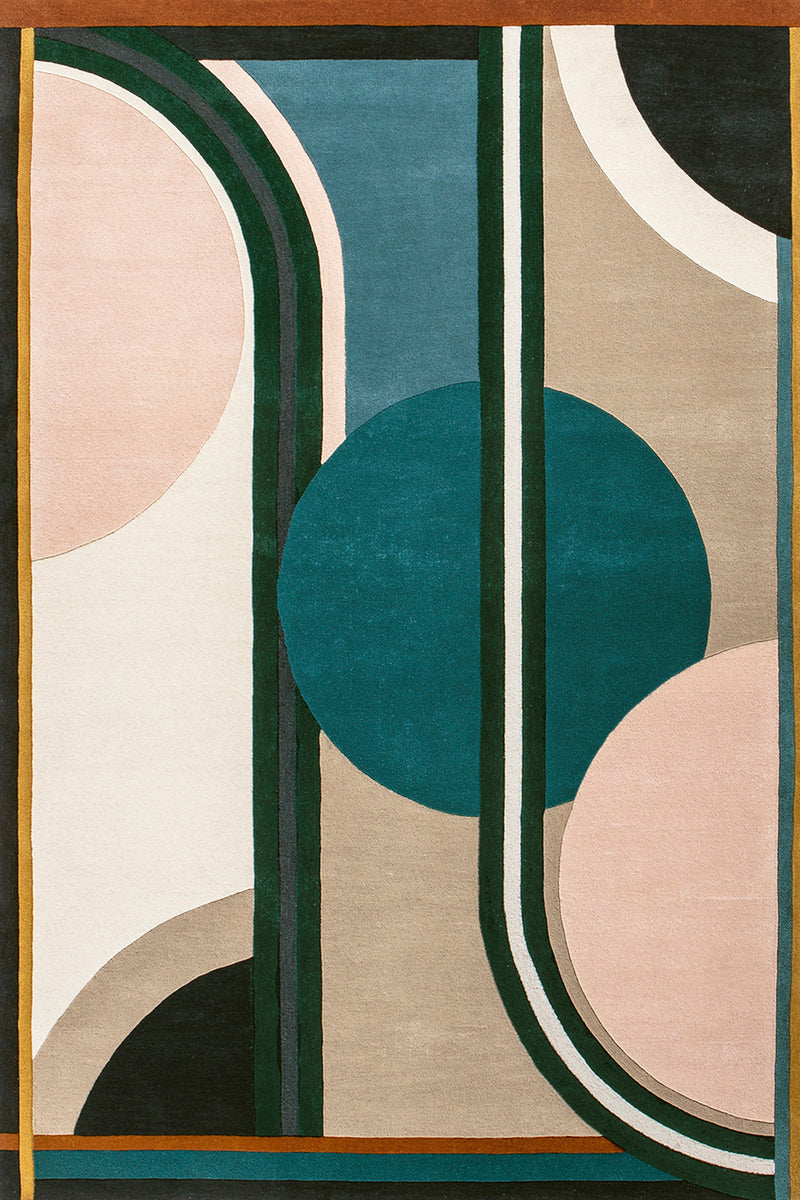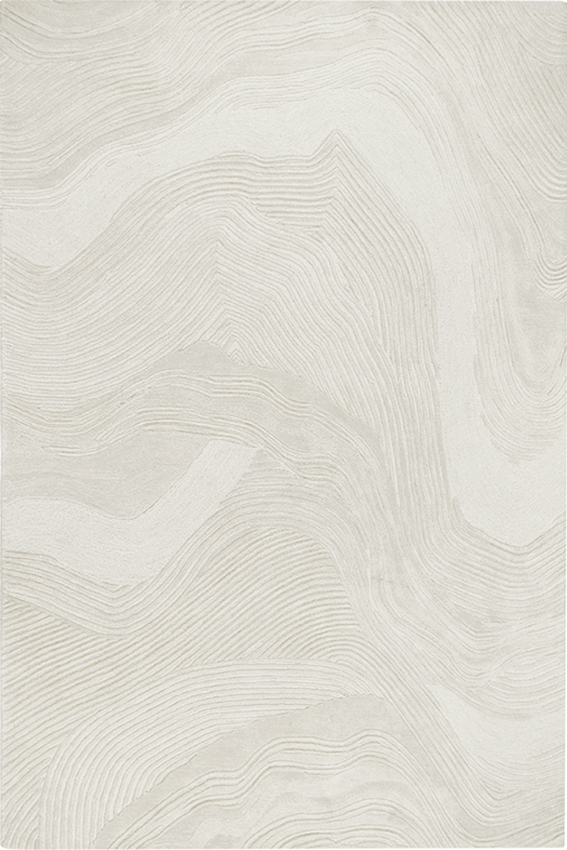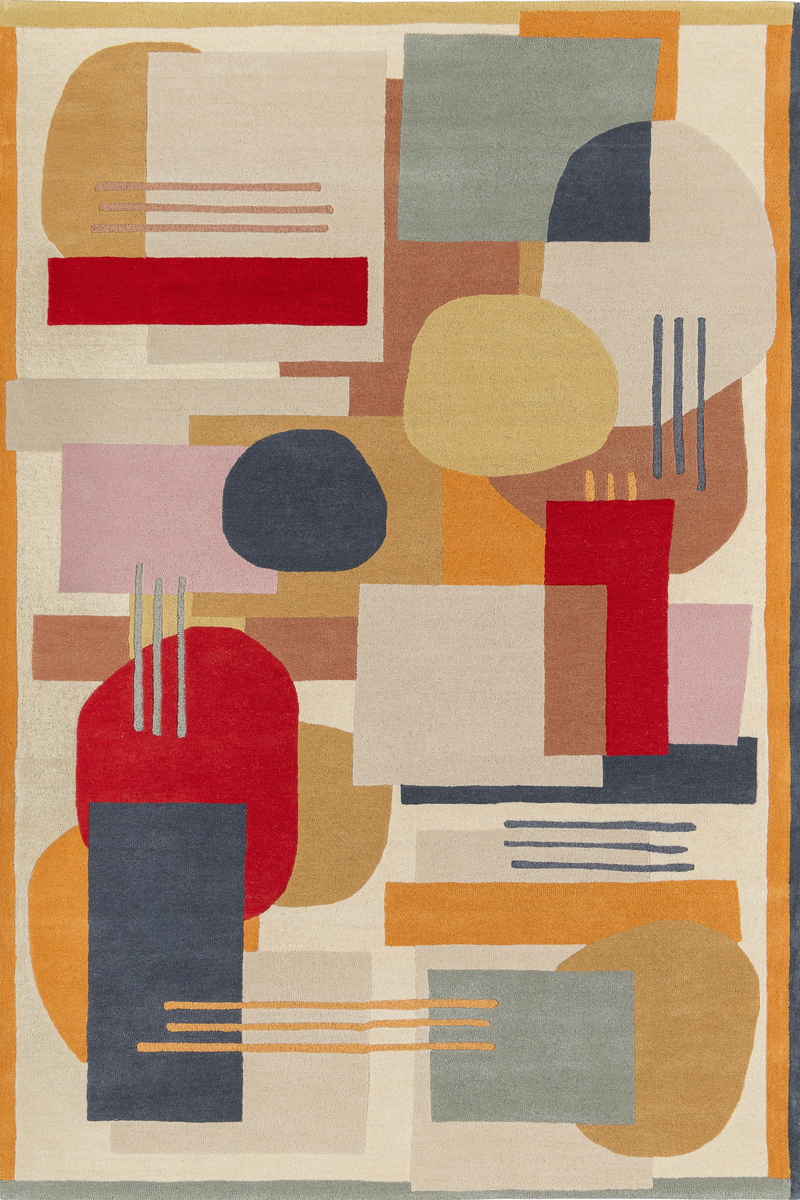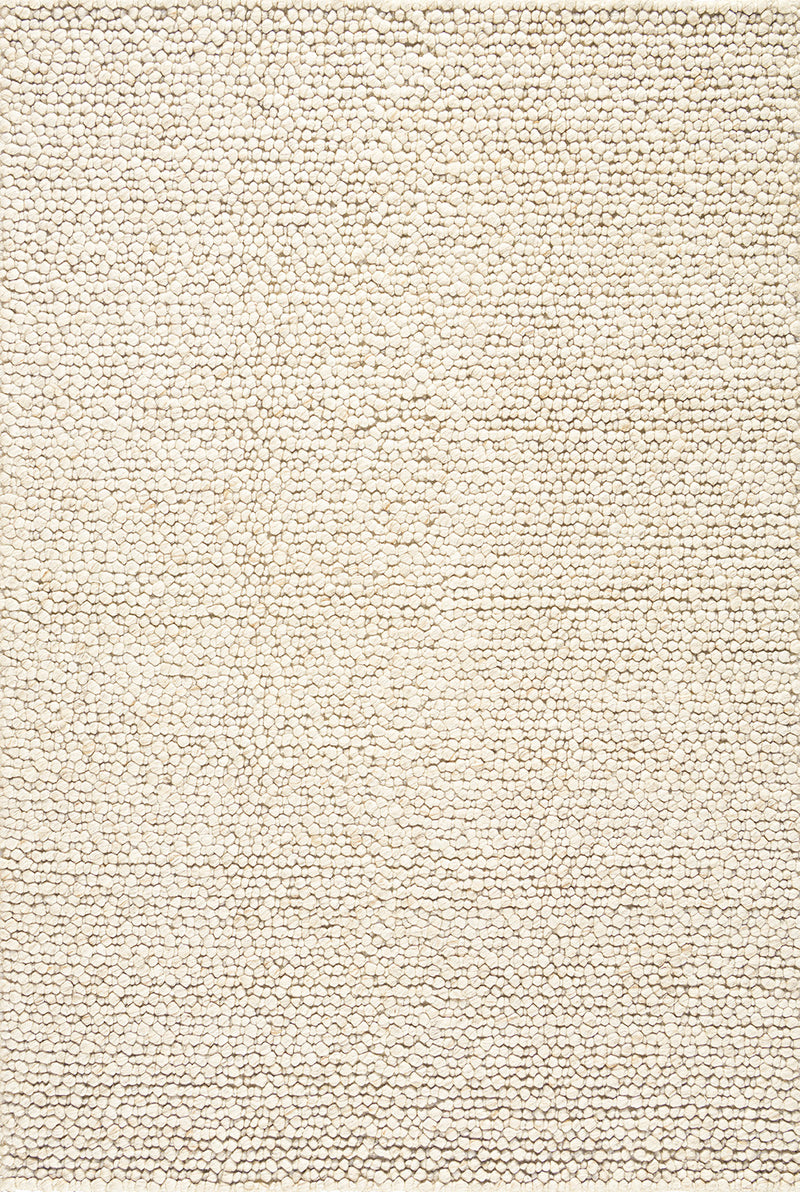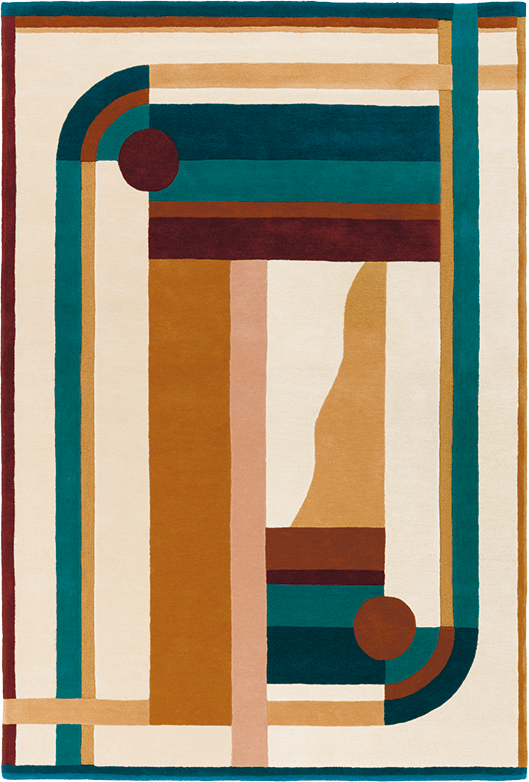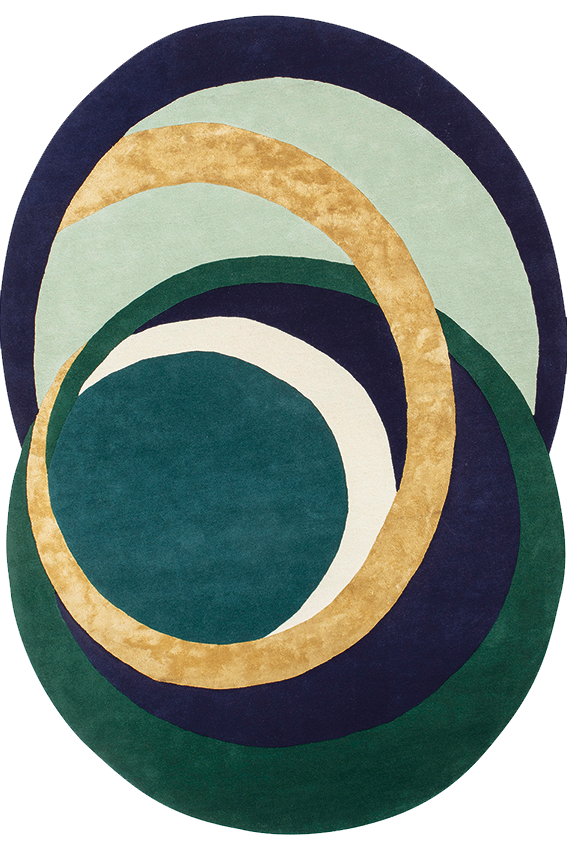
Runner
These rugs are essential for livening up a soulless hallway. Their graphic design is particularly suited to this purpose.
You saw 5 products on 5
Collection
Runner rug
Why choose a Toulemonde Bochart runner rug?
Combining aesthetic excellence with technical mastery, our runner rugs embody the convergence of contemporary design and tradition . Whether you're a design professional or a discerning collector, you'll find more than just an accessory: a signature piece.
An aesthetic and practical solution for your passageways
In transitional areas, every detail counts. Toulemonde Bochart's selection of runner rugs combines understated durability with a formal expression . Through compositions designed for narrow formats, texture becomes a line, the pattern a direction.
Hand-knotted or hand-woven, depending on the use and type of space, each rug guarantees perfect anchoring and uncompromising stability. The high densities ensure impeccable hold, even in areas of heavy traffic, without ever altering the fine reading of the pattern. Daily use becomes an exercise in lasting style.
Design at the service of interior architecture
The function of the rug doesn't stop at the floor: it engages the overall reading of the space. A hallway, by definition, connects. It is this connection that the designer hallway rugs from Toulemonde Bochart showcase: continuity, balance, fluidity .
Each creation, often the result of exclusive collaborations with contemporary designers, plays on contrasts, symmetries, or ruptures, in subtle dialogue with the building. The choice of materials—wool, plant silk, viscose, etc.—allows for graphic tension or gentle absorption, depending on the intention. The rug thus becomes a trace, punctuation, cadence.
How to choose a designer hallway rug?
The balance between proportions, materials, and use defines the success of a runner rug. When it combines dimensional accuracy, sensory comfort, and visual presence, it becomes a true element of interior design.
Adjust the dimensions to your hallway
The runner rug requires a precise reading of the space. Its format is never standard: it adapts, is modulated, and is precise . Too short, it creates imbalance. Too wide, and it suffocates.
For a narrow hallway, the carpet should complement the perspective without overwhelming the space. A clearance of 15 to 30 centimeters on the sides is enough to create a visual breathing space . In length, the eye dictates the measure: a segmented piece interrupts the dynamic; a continuous piece extends it.
Some elongated formats lend themselves to serial combinations, forming a rhythmic sequence, particularly suited to high-traffic areas or hotel projects. In all cases, the design of the carpet— whether graphic, mineral, or organic —must interact with the architecture without ever dominating it.
Select materials for comfort and durability
Where use is daily, the material becomes an issue of hold, texture and shape memory.
Wool, the ancestral fiber par excellence, remains a sure bet: resilient and naturally antistatic, it withstands repeated wear while maintaining its density. By combining it with viscose—for its luster and softness to the touch—some creations achieve a subtle balance between functional strength and luminous elegance.
Plant-based silk, more delicate, is suitable for secondary or low-use spaces, where it reveals its full visual depth. In a more structured configuration, hand-knotted weaves from Nepalese workshops guarantee pattern precision and superior durability, while flat manual weaves offer a lightweight alternative, ideal for understated and graphic interiors.
Focus on elegance in everyday use
A designer runner rug works best when it's invisible while still creating a distinctive accent. This discretion doesn't compromise technicality or the beauty of the design.
A discreet non-slip backing or a naturally stabilized weave limits the rug's movement without altering its presence. Hand-finished finishes—invisible borders, sewn selvedges, or integrated fringes—contribute to this requirement for unostentatious use. Maintenance is considered from the design stage: tightly packed fibers, deep colors, and light resistance.
Over time, a well-designed rug does not wear out: it develops a patina, it anchors itself, it blends in. It becomes a silent constant in the interior design, both structural and poetic .
Styles and inspirations for a modern hallway rug
In a well-designed interior, the runner rug doesn't complete the decor: it sets the tone. Shapes, lines, textures... Each stylistic choice creates a vision of the space, somewhere between contemporary rigor and timeless elegance.
Between modernity and timelessness: finding the right style
A modern runner rug isn't about making a statement. It offers a simple yet evocative interpretation. Minimalism finds a textile translation through clean weaves, graphic rhythms, and matte materials. Each pattern is constructed like a punctuation mark, without overkill.
Geometric compositions, meanwhile, create interesting visual tension in narrow spaces. Crossed lines, gradient effects, and density effects: these formal expressions allow the rug to structure the passageway without ever weighing it down. Conversely, more flexible organic styles respond to interiors with a natural vocabulary, with a shifting, almost pictorial aesthetic.
Some pieces also incorporate masterful color-blocking elements—stark contrasts, bold flat tints—to breathe a contemporary dynamic into even the most pared-down hallways. It's in this dialogue between formal tension and textile sobriety that the modernity of a runner rug is expressed.
What colors and patterns will enhance your hallway?
Natural light, wall color, and the geometry of the space all influence the color choice. A designer runner rug should never dominate. It reveals, nuances, and connects.
In a bright environment, shades of sand, linen, or stone reinforce the continuity of light while adding texture through the material. For dark hallways, a muted base enhanced with structured patterns restores depth and contrast without creating a break. Beige-on-beige combinations, or cool shades (steel blue, moss green) create a quiet yet effective visual sophistication.
The pattern, meanwhile, must extend the spirit of the space: vertical lines to accompany the flow, floating patterns to slow the gaze, plant or abstract textures to soften a perspective. Each Toulemonde Bochart piece is designed to fit into a reading of the space, interacting with the architectural and decorative elements.
Toulemonde Bochart know-how: from design to exceptional pieces
A rug only becomes a signature through the combination of gesture and vision. Each Toulemonde Bochart creation is crafted through a constant balance between textile culture, artisanal mastery, and demanding aesthetic research.
Runner rugs designed as works of art to be lived in
Each designer runner rug by Toulemonde Bochart is the result of a precise creative process. The design often begins with a free gesture, a graphic intuition, before being transposed onto a weave. Added to this initial intention is the rigor of the layout, the selection of yarns, and the choice of the appropriate technique—hand-knotted, hand-woven, or hand-tufted—depending on the desired result.
In partner workshops in India and Nepal, each stitch is executed according to a strict quality charter, respecting the integrity of the pattern as well as the density required for everyday use. These pieces are not simply decorative elements: they contribute to the narrative of a space. Their intensity lies in their discretion, in this ability to almost become architecture.
An ethical and responsible commitment in manufacturing
Toulemonde Bochart is committed to respectful production, both on a human and environmental level . Our partner workshops—selected for their technical excellence—operate in compliance with international social standards, with trained, protected, and valued artisans.
The natural fibers used (wool, linen, plant-based silk) are sourced sustainably. Dye processing follows a precise protocol, minimizing the impact on water and air. Hand-weaving limits energy consumption while preserving the richness of the process.
This choice of reasoned craftsmanship, rooted in tradition as much as in modernity, constitutes one of the foundations of Toulemonde Bochart's know-how.
Interior inspiration: how to incorporate a runner rug with style?
In a passageway, every element placed on the floor plays a guiding and revealing role. The runner rug, when chosen wisely, becomes a compositional tool that connects spaces, highlights their architecture, and reveals their identity.
Create a seamless transition between rooms
Lines, textures, weave direction: the runner rug fits naturally into the flow of an interior. Its discreet presence guides the eye, channels light, and emphasizes perspective without ever interrupting the rhythm.
In an open composition, it becomes a common thread—extending decorative choices from one room to the next, forming a coherent path. The use of linear patterns or elongated motifs subtly guides the space. In a closed hallway, the rug weaves a silent link between two doors, two functions, two atmospheres.
The pieces, hand-woven in France or hand-knotted in India, are designed to guarantee this fluidity: their stable structure, their controlled flexibility and the finesse of their finishes allow for perfect integration, without overloading or breaking.
Reinforce the personality of your entrance or hallway
Long considered secondary, the hallway is once again becoming a space in its own right. It deserves the same attention as the living room or bedroom, as it often provides the first visual contact with your interior space. The rug becomes a signature, a testament to the chosen style and a vector of elegance.
In a simple space, a piece with abstract or plant motifs draws the eye and asserts a decorative intention. A wool and viscose design, in natural tones or with subtle reflections, brings warmth and refinement while respecting the spatial balance.
By adapting the style of your designer runner rug to the space's architecture—whether Haussmannian, contemporary, or minimalist—you enhance this often-overlooked space, revealing its graphic and emotional potential. This is the essence of luxury: in the detail that transforms use into experience.


